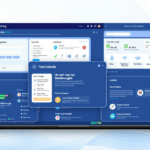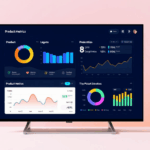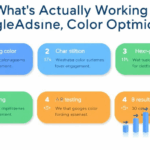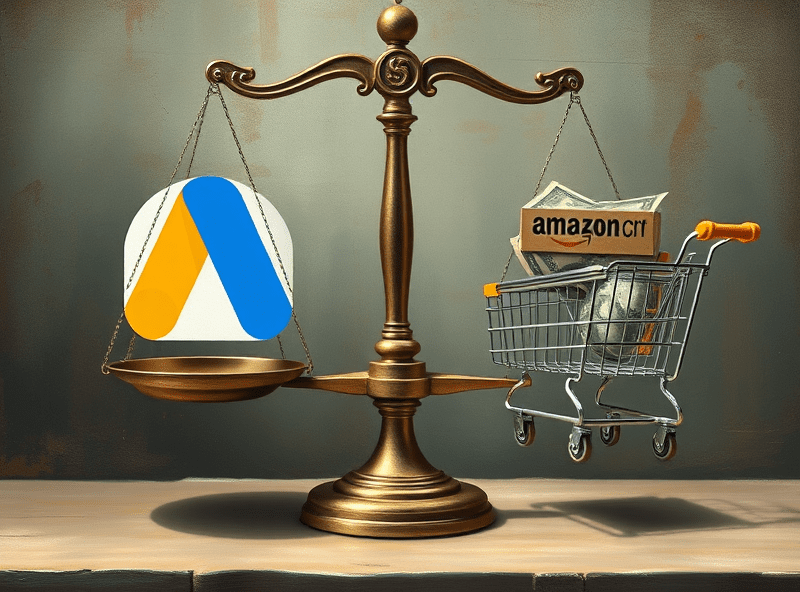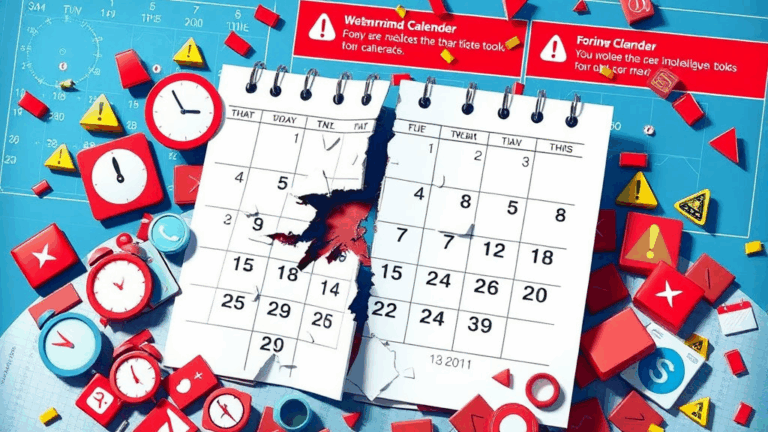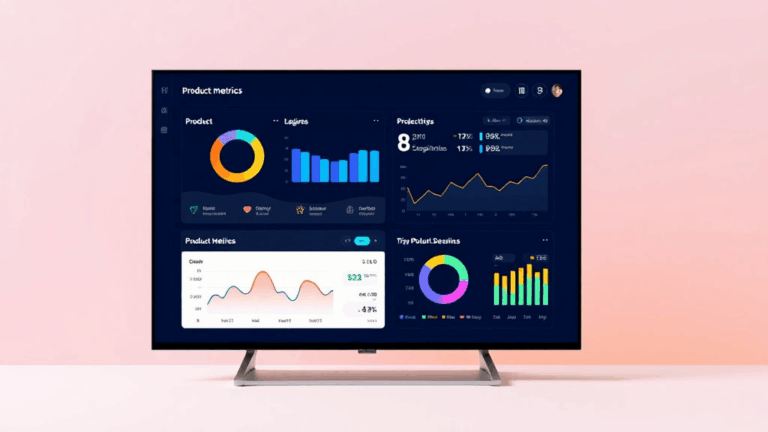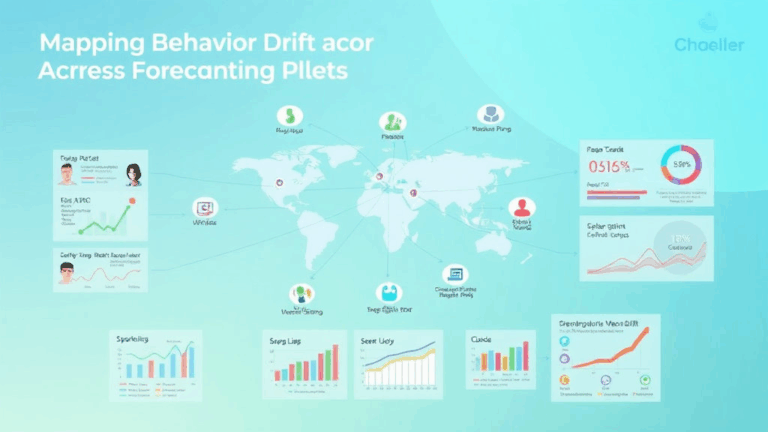What I Learned Trying to Reverse Engineer Viral Coefficient Tools
Most viral coefficient calculators are bait, not tools
There’s this fantasy that you can just plug in numbers and it’ll tell you whether your product will take off. Viral coefficient calculators have become that. You Google one, drop in your user referrals and conversion %s, and boom, supposedly, you know if you should raise a Series A. Cool theory — except almost every calculator I’ve found makes assumptions that wouldn’t survive a real onboarding flow.
One popular tool assumed invitees convert at the same rate as organic signups — which is such neat math it’s basically fiction. Friends you invite tend to skim, bounce, or back away slowly if it’s even slightly confusing. The idea that 30% convert is hilarious unless you’re giving away crypto. My actual numbers hovered closer to 4%, and even that was with a low-friction, no-login design.
If the calculator doesn’t let you define time delay between referral → signup → next referral, it’s probably just demo-ware. Ask this: can it account for churn in recursive generations? No? That’s not a calculator. That’s a spreadsheet in a costume.
Referral loops should decay naturally… like actual users do
The first time I tried modeling virality, I built a recursive loop in a Node script that ran through iterations of users inviting friends. By generation 5, I had users summoning hundreds of theoreticals. But my real app couldn’t even maintain push tokens past generation 2. My retention fell apart faster than the Firebase dashboard could even render it.
The viral coefficient (K factor) math looks like:
K = i * cWhere:
i= number of invites per userc= conversion rate per invite
But real systems clamp somewhere. Token expiry, push fatigue, friends who hate being pinged — it all imposes informal decay that these models don’t include. I had to add a decay factor manually, based on median engagement dropoff after each touchpoint. There’s no “K coefficient decay” field in the calculators. And nobody warns you that a K-over-1 moment is often an illusion sparked by a burst campaign, not real behavior repeatability.
That time I chased a false positive from double-counted invites
This one stung. Back when I ran an early user waitlist campaign, I saw what looked like insane viral amplification — like, over 1.2 K factor. Converted users were sending 5+ invites each. Except what I didn’t realize is my app fired the invite call twice if you clicked “share” then backed out and tapped it again. Because the analytics hook wasn’t debounced and I wasn’t checking for duplicate sends in the backend.
So the same 3 friends were getting 6 invites. And since I looped over invites naively to fuel my calc, the coefficient ballooned. The viral calculator — one I’d copy-pasted from a growth deck on Notion — didn’t care. It just happily used whatever dumb input I gave it. I realized this only after matching redis logs with link fire timestamps. Brutal couple of hours.
When viral referral behavior comes from anger, not love
There’s a flavor of virality you don’t hear about much: spite-driven shares. I saw a weird spike in referral traffic one weekend from a bunch of Tumblr URLs. Turns out a group of users were mad about a buggy pricing change and were ironically inviting others to see “the trash fire in real time.” The invites technically converted — because, I guess, people love drama — so my viral chart looked wonderful. But that growth retroactively tanked the app’s rating by like 1.5 stars on average.
Why this matters: viral coefficient calculations don’t care why people join. They don’t ask if it’s out of value or voyeurism. So if you’re blindly feeding them signup data, you’re tallying every bad PR spike as positive momentum. And that can get expensive in customer support hours after the spike eats your onboarding funnel.
Useful tweaks I made to the algorithm that actually helped
I burned a full Saturday refactoring the calculator logic into something that held up to a few real-world use cases, including free-tier abusers and regional SMS delivery variability. Here’s what I rigged up:
- Added a time delay bucket for when invites were sent vs. clicked vs. converted — you’d be shocked how many conversions happen a week later, not in a neat daily loop.
- Built in detection for invite link forwarding (people CCing a referral in forums breaks the per-user attribution model)
- Weighted the conversion rate based on device type (Invites sent to Android users using Android Deep Links performed way better than email links landing on Safari — go figure)
- Applied a floor to the recursion — basically, disallowed generations past 3 unless the conversion rate stayed above 5%
- Logged invites sent vs. links clicked vs. actual account creations per invitee — without this separation, all your graphs lie differently
- Injected a small random decay (0.8 to 0.98 multiplier per gen) just to simulate unpredictable user attention loss
All of this lives in a notebook I re-run once a week. It’s far from perfect, but it stopped me from chasing false highs on weeks where my push campaign cadence hit right but retention cratered.
Impossible edge case: when the app is logged into the same account twice
One edge case I hit that literally no viral calculator or event platform talks about: dual-signed logins. On Android and iOS, a few invite senders were dual-logging into the same account on multiple devices — partially because of some rogue MFA logic I hadn’t fixed yet.
Each device tracked as a separate client ID but hit my analytics with the same user ID. So a single user could fire invite events twice as often. Worse, each invite opened from a different device got labeled as two separate referral “networks” spreading out from the same core ID. My metric spike looked like 2 users going viral, when it was one person who just had an old tablet in airplane mode.
There’s nowhere in Mixpanel or Segment that flags this behavior clearly unless you explicitly track device+user pairs, which I wasn’t doing until much, much later. The fix was to start pushing an internal device fingerprint as a secondary ID and clustering per-user-device-event streams manually. Real nasty stitching job.
One thing viral calculators weirdly never log: time to referral action
If someone joins, then refers others 9 days later, most calculators just count that as if it happened in a single flow. Sure, some let you specify average “referral window,” but that’s like putting a bandage over an unknown burn.
“It looked exponential until I realized it was just slow triangles satisfying themselves.”
I had to build a timeline plot that recorded date of account creation → date of invite sent → date of each invite clicked. Only then did I realize most of my referral loops weren’t loops — they were scattered jumps across unrelated times. Some users only referred someone when quitting. Others did after hitting a paywall they thought could be bypassed with friend credits.
Real user motivations mess with elegant math. Sane viral modeling should include referral latency curves, not just average rates — but good luck finding a calculator that supports that unless you build it yourself. Mine lives as a sorry-looking Python script that writes to Google Sheets.
You can hack the UX for better virality, but the calculator won’t catch it
We A/B tested two share flows: one where the “Share” button was just floating in the main UI, and one where it popped up exactly at the moment users unlocked a feature. Same mechanics. Same reward. One had a 400% higher invite rate.
But the calculator? It has no clue whether invite generation is based on dopamine, UI layout, or platform triggers. You just feed it invites_sent / user. That’s like tracking restaurant revenue from average spoon usage.
The math that matters lives in friction, not just behavior. I eventually injected micro-categorization into my inputs: I’d label invites as “reward-based”, “completion-based”, “random-share” and segment K-factor estimates by these. Eye-opening results — only reward-based referrals led to repeated invite loops. The rest stalled out completely after one hop.




